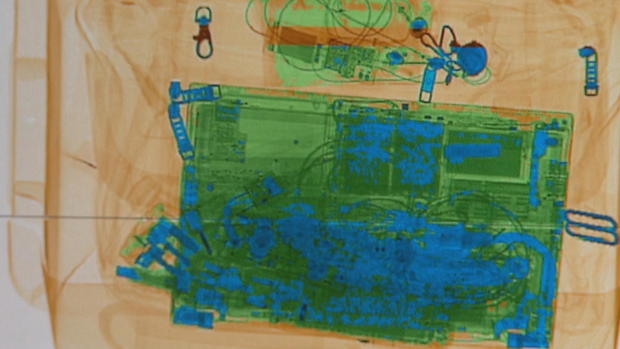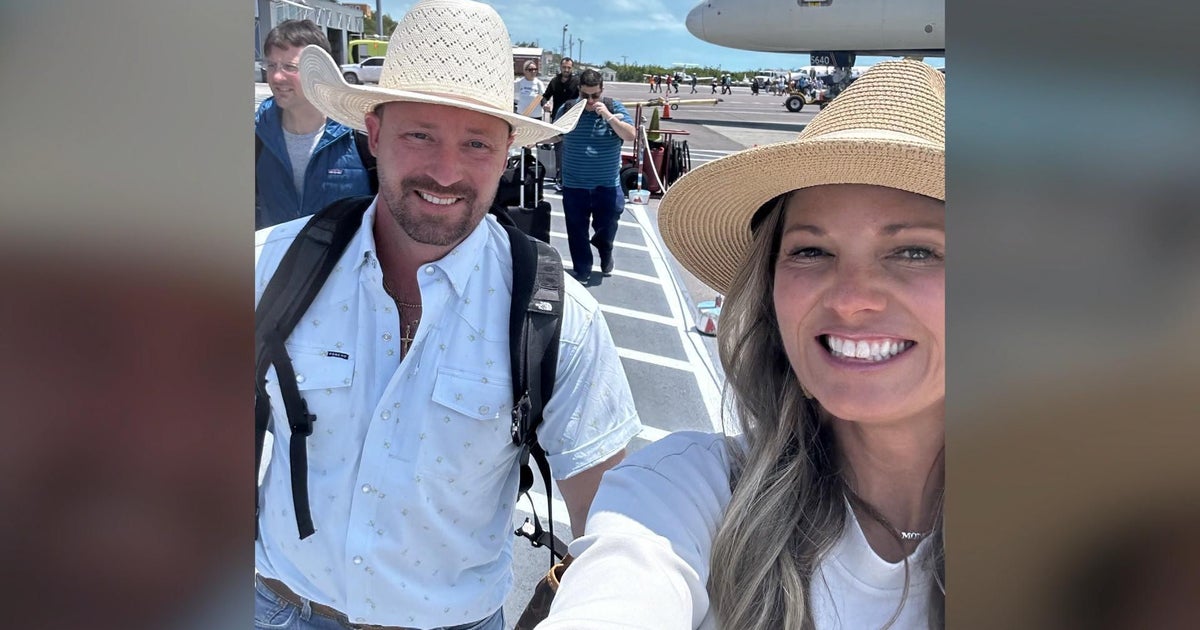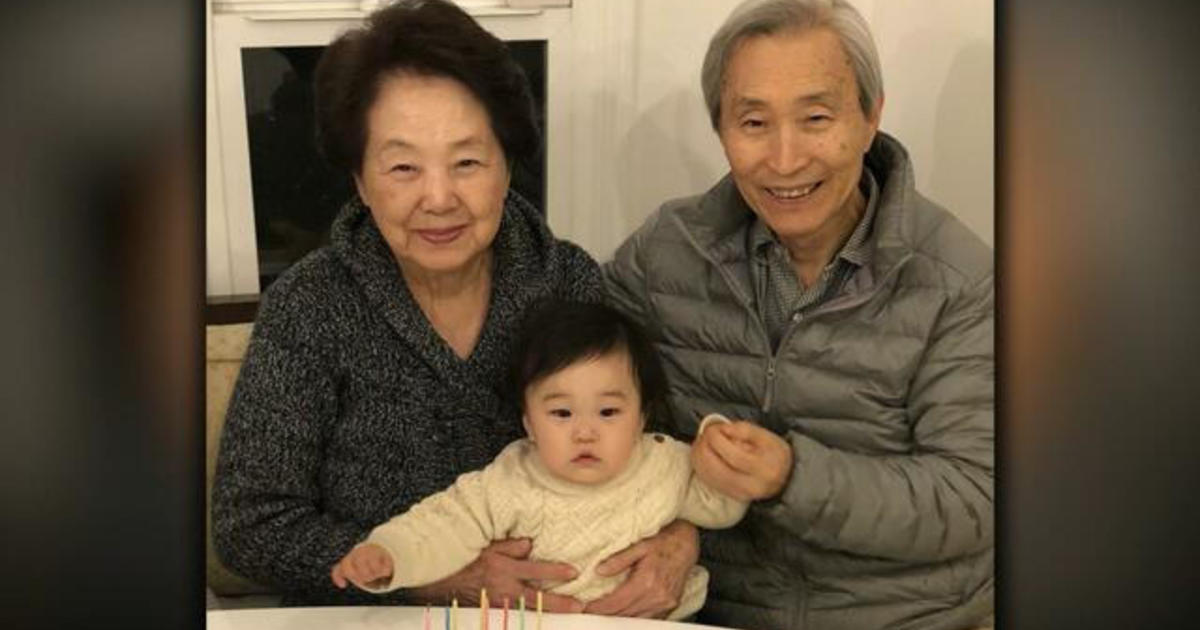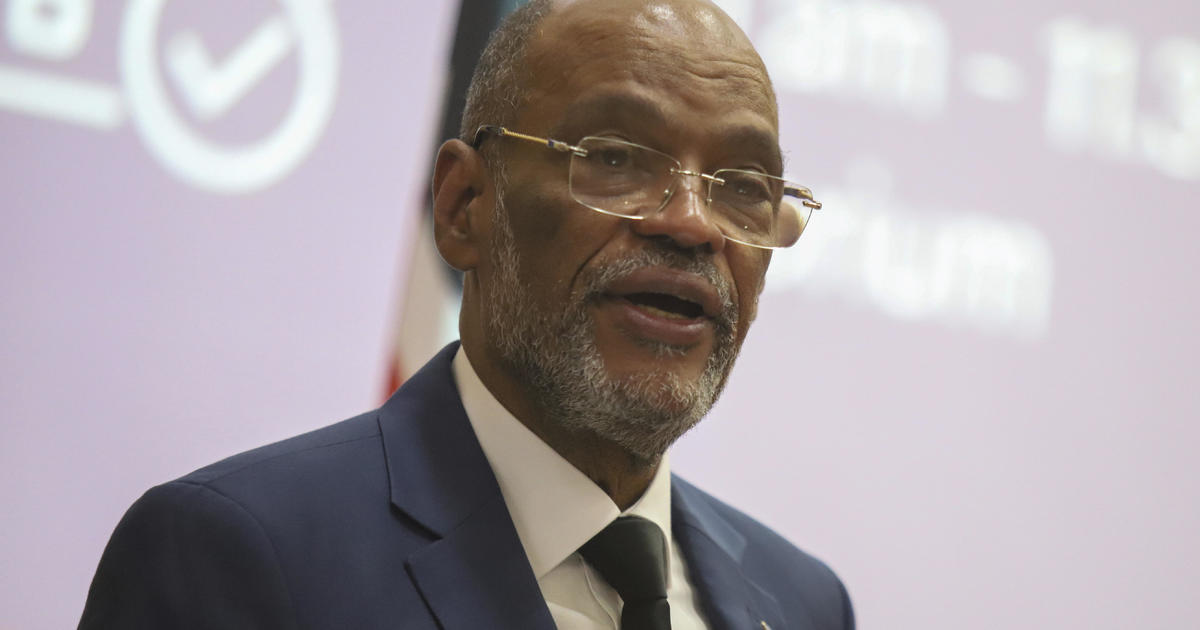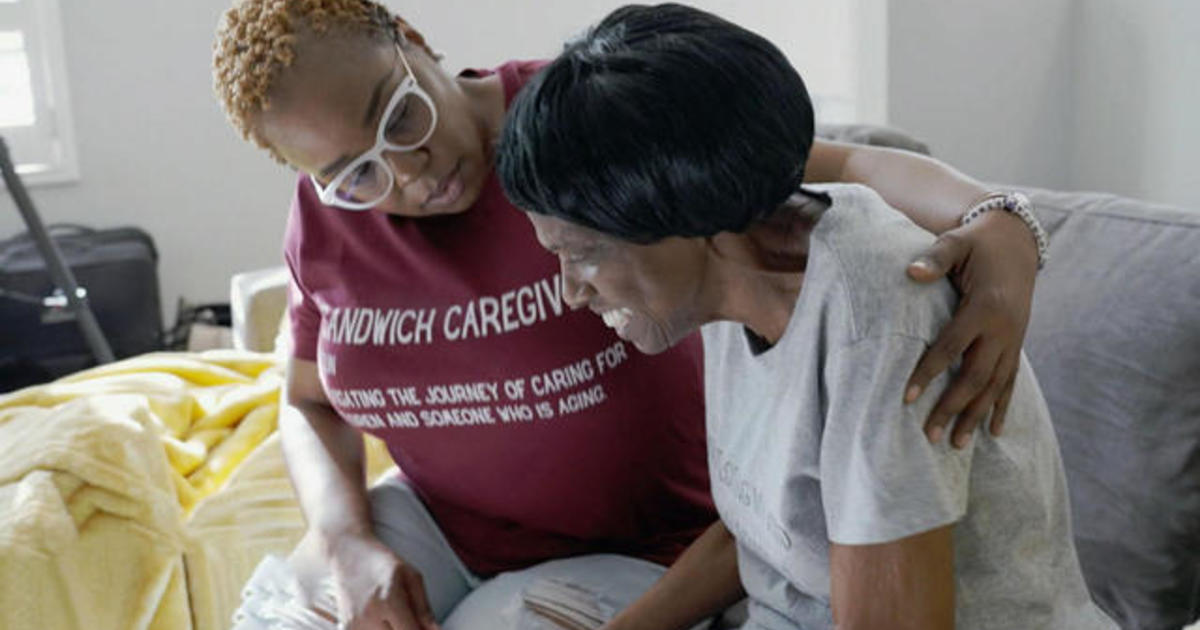TSA considers using scanners with CT technology for checkpoints
The TSA found a record number of firearms at airport screening checkpoints in a single day last Thursday, discovering 21 firearms in carry-on bags nationwide. That broke the previous record of 18 set in 2014. The news comes as the TSA expects to screen the highest number of travelers in a decade during the spring break travel period.
Around 62 million people are expected to go through airport security this month alone. To help speed things up, the TSA is considering new scanners for carry-on bags that produce 3-D images, similar to CT scans.
The machines the TSA is using at Ronald Reagan Washington National Airport to scan carry-ons at checkpoints are nearly a decade old, and the practice of X-raying a bag goes back far longer. The future may be taking technology that revolutionized medicine and using it to give screeners a better view of what’s in your bag, which could mean less time in line when you fly, reports CBS News correspondent Kris Van Cleave.
Can you spot the knife hidden in this bag? This is the view a screener would have on machines like the ones in use today.
But suddenly that knife is impossible to miss with new 3-D CT technology, providing side-by-side images on a touch screen that can zoom and spin a bag for a true 360-degree view.
Mark Laustra is a vice president at Analogic, one of about five companies developing CT scanners for airport checkpoints.
“A CT machine to people means radiation, and I don’t want to get radiated on my way to my flight,” Van Cleave said.
“So these produce the same amount of radiation as the system that’s at the checkpoint now, there’s no difference. And we use all kinds of radiation shielding inside the machine to make sure there’s no leakage,” Laustra said.
The machines can detect explosives in laptops, liquids and gels, which means the days of having to take things out of your carry-on bag could be numbered.
“As the bag goes through the system, it’s taking millions of data sets and using powerful algorithms… that gives us the information we need to determine whether or not it’s explosive material or it’s innocent,” Laustra said.
The clearer picture of what’s inside should reduce the need for secondary bag checks, and when paired with new automated lanes already being tested at airports, Analogic believes the CT scanners should increase productivity at checkpoints by as much as 50 percent.
“This is going to be a much faster process for passengers. It’s going to make travel fun again,” Laustra said.
Passenger patience wore thin last year as security wait times stretched for hours. Safety has also been a concern.
A 2015 internal review revealed TSA officers failed to detect 95 percent of fake explosives and weapons smuggled through checkpoints by undercover investigators.
Steve Karoly, acting chief technology officer at TSA, thinks the CT technology will be “tremendously better,” but while it has promise, more testing is needed before it can be rolled out.
“It may look good, just we’ll say specific portions of it, but these technologies have to meet not just the technical requirements, but safety requirements, operational requirements, ergonomics, those kinds of things. And so we have to go assess that… to go forward in the future,” Karoly said.
The TSA already uses much larger CT scanners to see into checked bags, but the new ones have to be smaller and quieter in order to work at a checkpoint like this. The TSA and American Airlines expect to test the new scanners in major airports over the summer.
